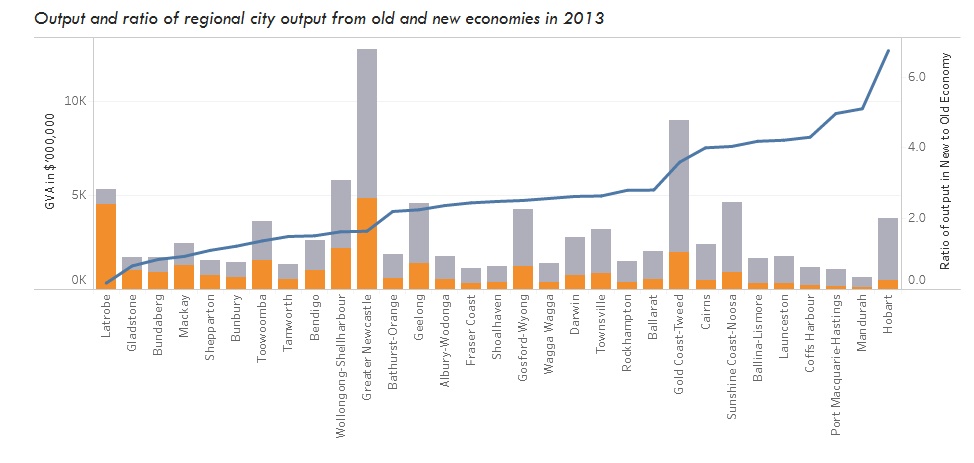More pain for property investors this week, with lenders continuing to lift mortgage rates and trim maximum LVR’s. And more pain for banks as their credit ratings are trimmed, the federal bank tax becomes law; and South Australia imposes an additional levy on the big five. Welcome to the Property Imperative Weekly to 24th June 2017.
The regular pattern of mortgage interest rates hikes continued, with NAB lifting interest rates for all interest only loans by 35 basis points or 0.35%, whilst cutting principal and interest owner occupied loans by 8 basis points. Westpac lifted interest only loans by 34 basis points reduced principal and interest loans by 8 basis points. The impact of these changes according to Macquarie will be net positive in terms of bank returns. AMP Bank also lifted investor rates by 35 basis points and reduced the maximum LVR on investor loans to 50%.
These changes are making life difficult for some property investors currently with interest only loans. Do they switch to a principal and interest alternative, thus lifting their monthly repayments, or wear the lift in rates on their current loans, thus lifting their repayments? It’s a prisoner’s dilemma. Either way, it is less likely the current rental on the property will cover the costs of the loan repayments and we know from our surveys about half of all investment properties are underwater when it comes to covering the repayment flows.
More data this week to show that some major lenders are dialling back investor loans via brokers to try and manage their portfolios to within the current APRA guidelines. This trend, which we have highlighted before, was confirmed in the AFG Competition Index.
Mortgage stress was in the news again, with surprising results from Roy Morgan’s survey which showed that from their 10,000 mortgaged household sample, in the three months to April 2017, 16.8% or 666,000 mortgage holders can be considered to be ‘at risk’ or facing some degree of stress over their repayments. This compares favourably with 18.4% or 744,000 mortgage holders 12 months ago. It is worth noting their definition of stress though – “Mortgage stress is based on the ability of home borrowers to meet the repayment guidelines currently provided by the major banks. The level of mortgage holders being currently considered ‘at risk’ is based on their ability to meet repayments on the original amount borrowed. This is currently 16.8%, which is well below the average over the last decade”.
The DFA approach to mortgage stress, which looks at total household cash flow, not the theoretical repayment profile, indicates that mortgage stress is continuing to rise as incomes are crushed in real terms, costs of living rise, underemployment stalks many, on top of a series of mortgage rate rises. Data from Canstar showed that basic variable rates jumped by almost 30 basis points as increasing number of borrowers go for fixed rate loans so trying to control these escalating mortgage costs, but of course, many fixed rates already have higher costs wired in.

We looked at the correlation between mortgage stress and bank loan losses, which we expect to rise in coming months. Indeed, the latest data from Standard and Poor’s showed that home loan delinquencies underlying Australian prime residential mortgage backed securities (RMBS) increased from 1.16% in March to 1.21% in April. They link the rise to higher mortgage rates.
But whether you take the 666,000 households from Roy Morgan, or 794,000 from DFA, both are big numbers! There are many households in mortgage pain, and all the indicators are things will get worse in the months ahead.
We expect APRA will demand the banks hold more capital, US rates were lifted by the Fed, and Moody’s downgraded the long-term credit rating of 12 banks including Australia’s big four, after pointing to surging home prices, rising household debt and sluggish wage growth. They said “elevated risks within the household sector heighten the sensitivity of Australian banks’ credit profiles to an adverse shock, notwithstanding improvements in their capital and liquidity in recent years”.
There were state budgets in NSW and SA. In NSW Stamp duty makes up a huge proportion of the State’s income, at $10 billion, with revenues jumping 10% over the past year and are expected to grow 6% each year for the next three years. From July 1 stamp duty for FHBs will be abolished for new homes up to $650,000 with discounts on properties of up to $800,000. Additionally, grants of $10,000 will be available for new homes of up to $600,000 and for FHBs who build their home. Stamp duty will no longer be charged on lenders mortgage insurance.
South Australia surprised by adding a local bank tax to the big five. They plan to charge a levy on the major banks bonds and deposits over $250,000 but will exclude mortgages and ordinary household deposits. The tax, to be introduced 1 July, is expected to raise $370 million over four years. The banks responded, including threats to pull jobs from SA, but then the banks are easy targets, and we would not be surprised if other states followed suite.
Meantime the federal bank tax was passed after a brief senate review. Now the Treasurer has announced plans to change the way eligibility for a credit card is assessed, shifting it from the ability to pay the minimum repayment to being able “to repay the credit limit within a reasonable period”.
Australians’ wealth is overwhelmingly in our housing. Our housing stock worth valued at $6.6 trillion. That’s nearly double the combined value of ASX capitalisation and superannuation funds.
Housing is strongly linked to financial stability as highlighted in excellent speech by Fed Vice Chairman Stanley Fischer. He said there was a strong link between financial crises and difficulties in the real estate sector. In addition to its role in financial stability, or instability, housing is also a sector that draws on and faces heavy government intervention, even in economies that generally rely on market mechanisms.
Australian Housing and Urban Research Institute (AHURI) published a report this week on housing policies across the nation. They argue, rightly, that Australia needs a federal minister for housing, a dedicated housing portfolio, and an agency responsible for conceptualising and co-ordinating policy. The current fragmented, ad-hoc approach to housing policy seems poorly matched to the scale of the housing sector and its importance to Australia. There is no clear systematic policy framework for housing across the nation, just piecemeal bits of policy, which are not fit for purpose.
Finally, the ABS released their residential property price data to March 2017. They said overall, prices rose on average 2.2% in the quarter. The price rises in Sydney (3.0 per cent) and Melbourne (3.1 per cent) were partially offset by falls in Perth (1.0 per cent) and Darwin (0.9 per cent).
Through the year growth in residential property prices reached 10.2 per cent in the March quarter. Sydney recorded the largest through the year growth of all capital cities at 14.4 per cent, followed closely by Melbourne at 13.4 per cent.
This ongoing rise may go counter to some recent data, although we note the CoreLogic data this week also shows rises in most centres, after recent softer data. The next ABS series, due out in 3 months will be the one to watch. Auction clearances last weekend were quite strong, if on lower volumes, so as yet, signs of a real slow-down remain muted.
And that’s it for this week. Check back next week for the next installment.










